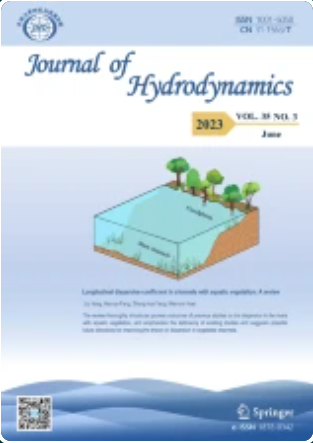Exploration of two different length scale refinement strategies on the application of SPH simulations on 3-D free-surface flows
Abstract
A length scale refinement study is a standard practice to ensure the independence of a numerical model on spatial approximations. For smoothed particle hydrodynamics (SPH), the process of length scale refinement study tends to be conducted based on experience. A challenge of defining a universal length scale refinement strategy is the existence of two length scales–particle spacing and smoothing length. Despite the challenge, further investigations of the impact of different refinement strategies should be continually conducted to improve the reliability of practical SPH applications on 3-D free-surface flows. In this study, a conventional strategy and a novel coupled refinement strategy are used to investigate the convergence of SPH simulations for free-surface flows using a standard SPH scheme available in an open-source framework. The two case studies are a dam break flow and a lesser-known stable regime water flow inside a rotating drum with lifters. Validations are conducted using existing data from literature for the dam break flow and laser Doppler velocimetry (LDV) measurements for the rotating drum flow. The investigation shows that the proposed coupled length scale refinement strategy does not offer a significant improvement for the SPH model of the dam break flow comparing with the conventional strategy. On the other hand, the stable regime rotating drum fluid flow shows that both refinement strategies are not sufficient to tackle SPH’s on-going fundamental challenge of accurately predicting the flow field of complex 3-D turbulent flows with free surfaces.

 求助内容:
求助内容: 应助结果提醒方式:
应助结果提醒方式:


